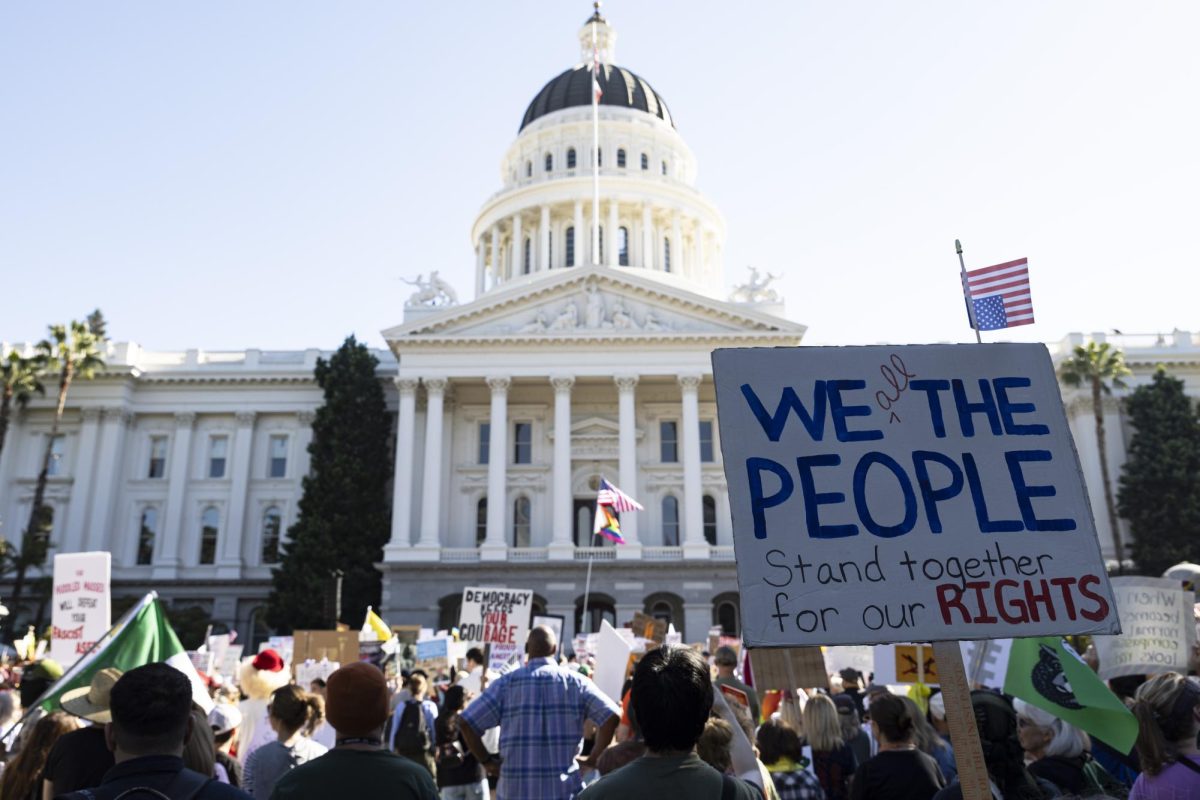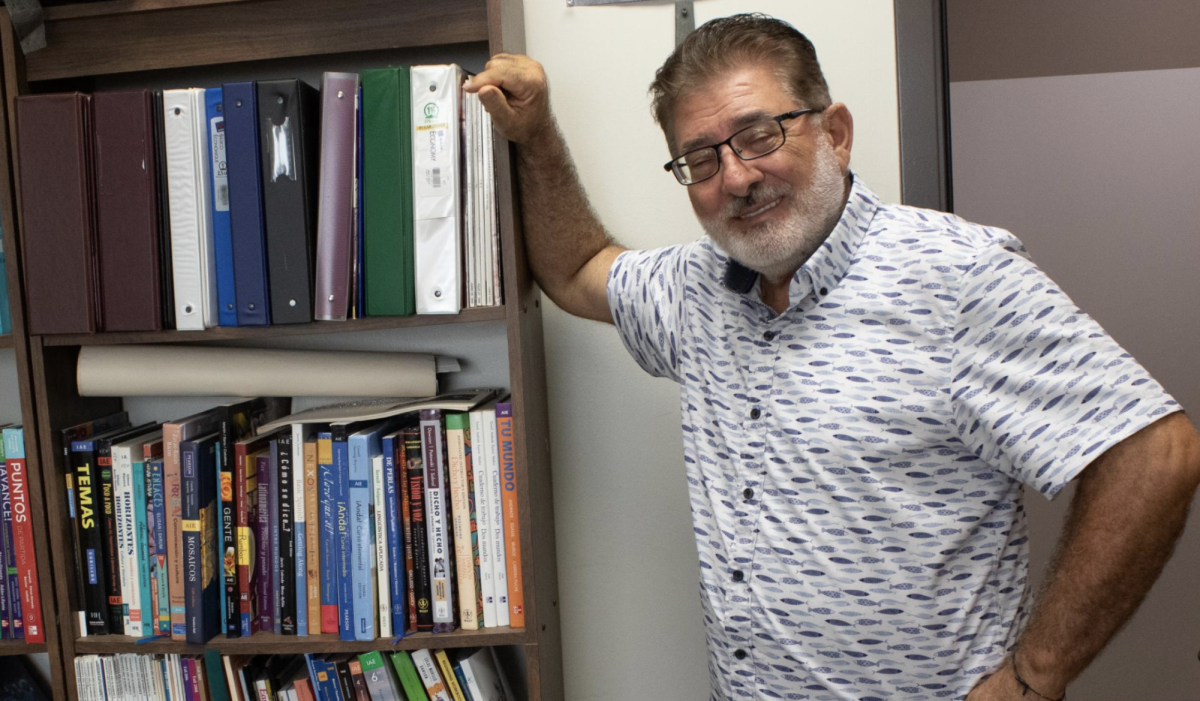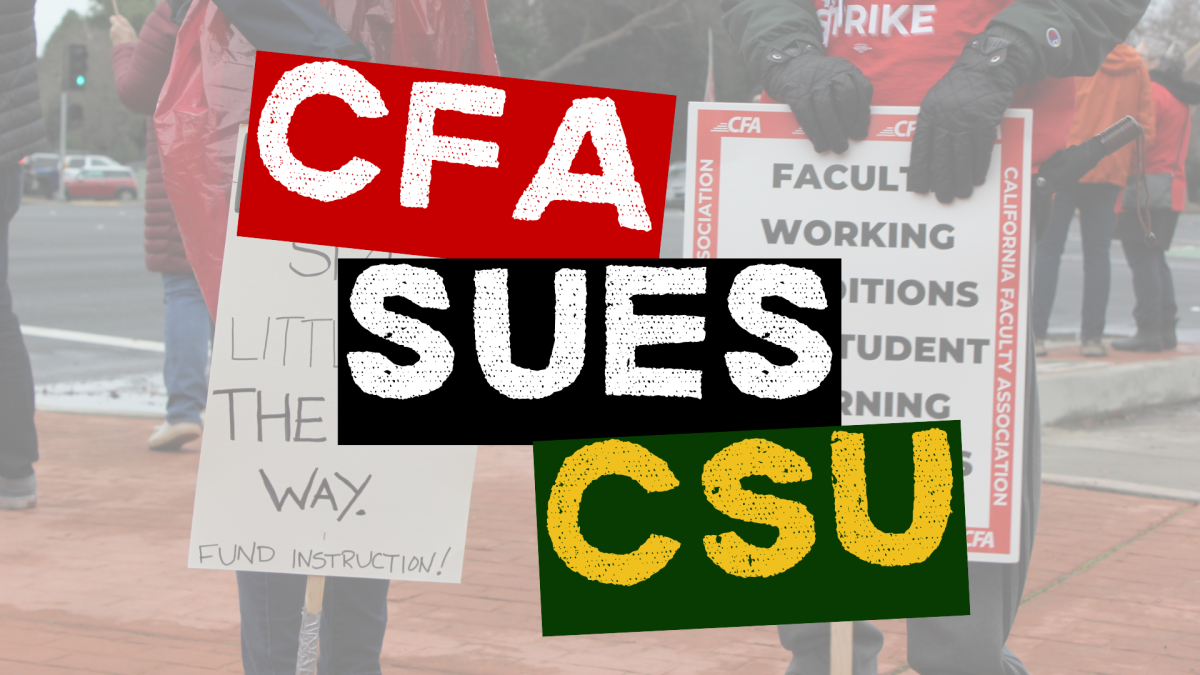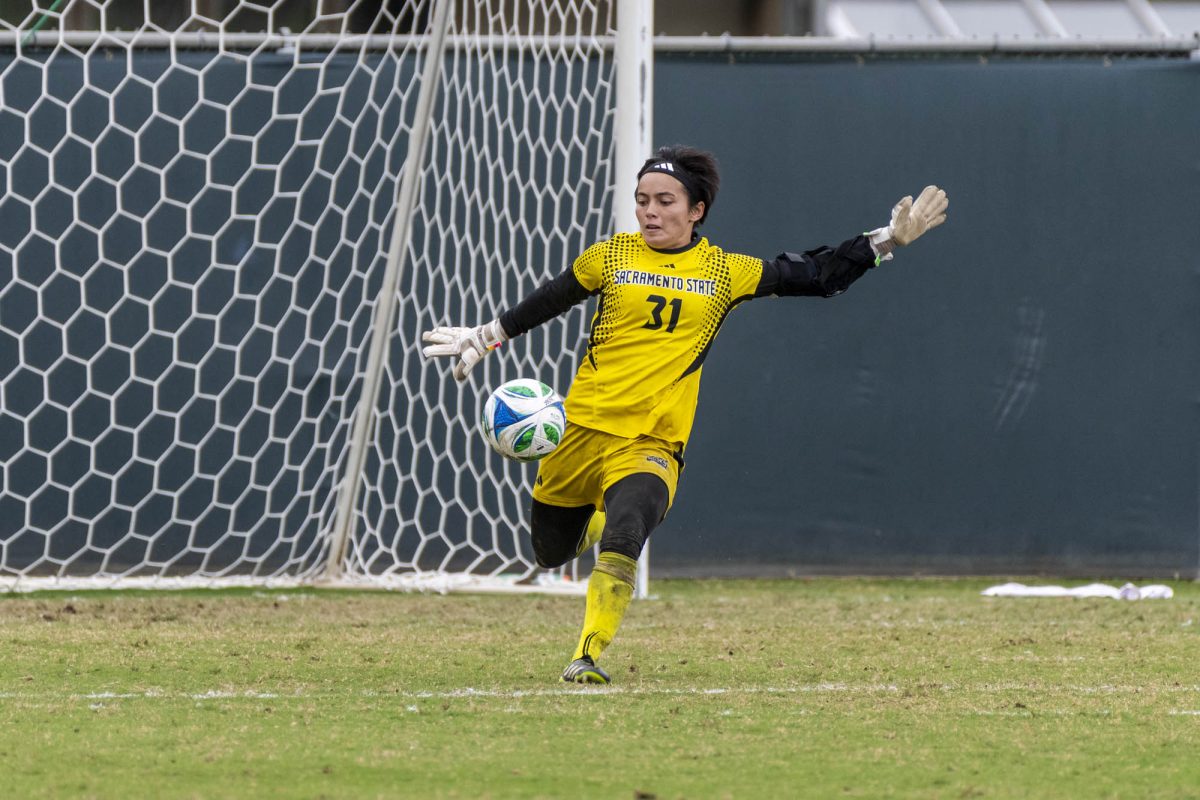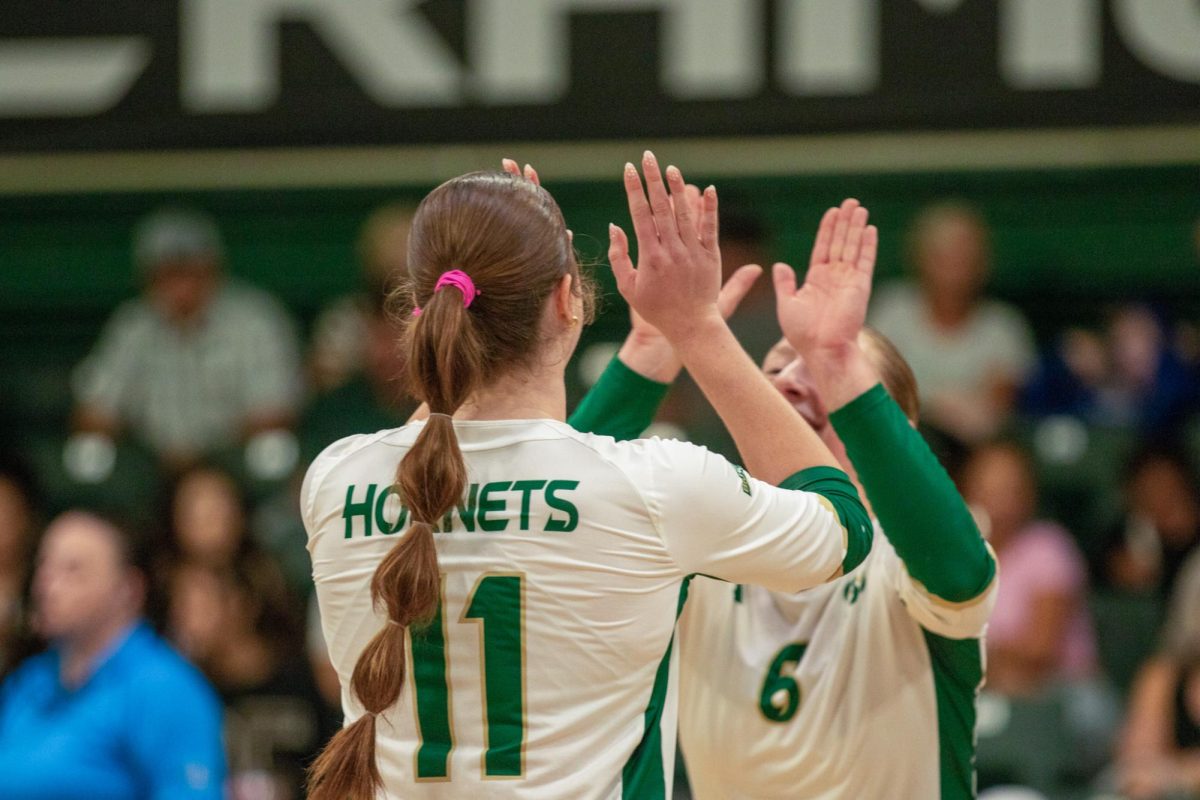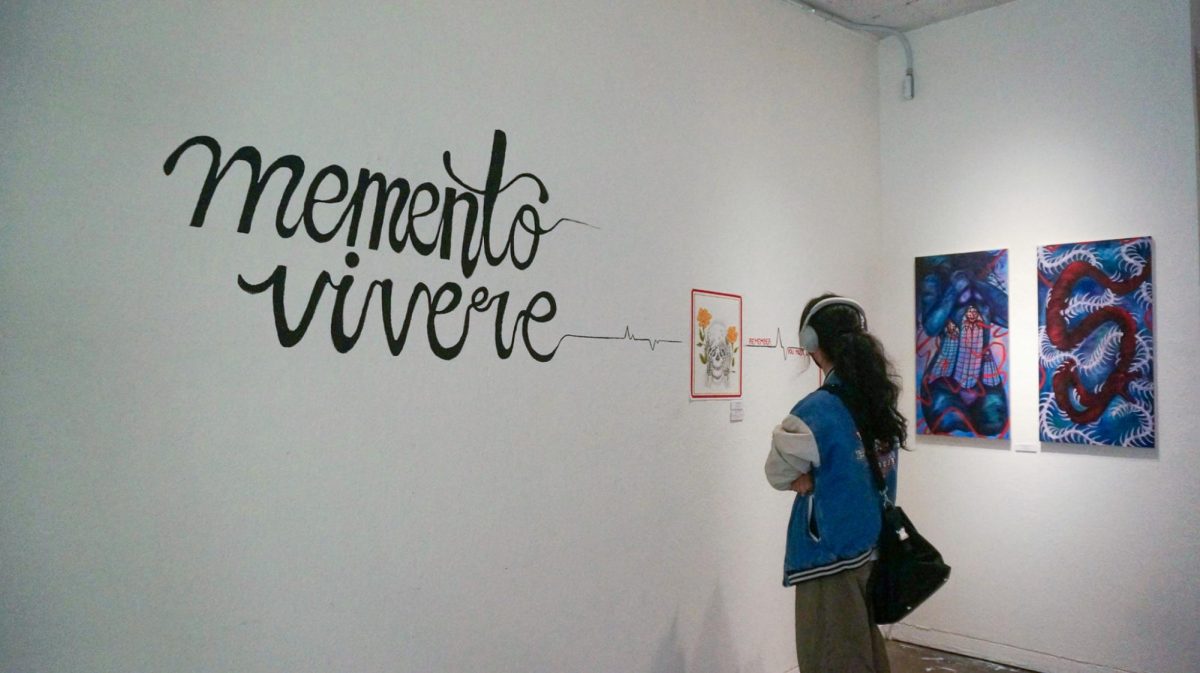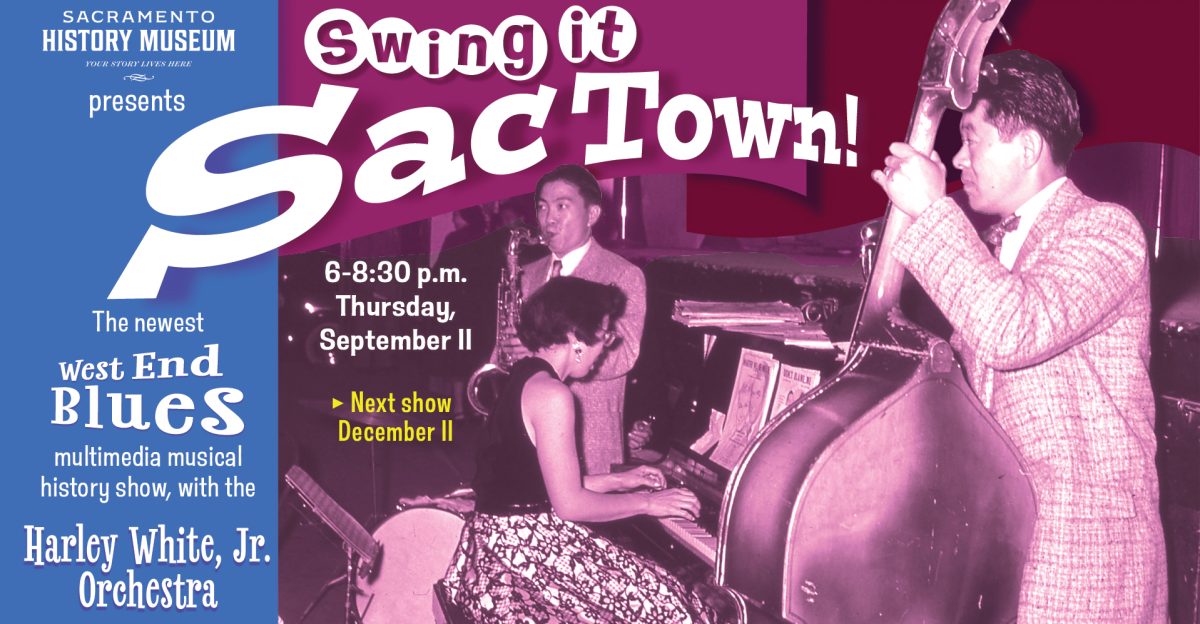Both measures defeated in ASI election
December 13, 2004
Measures one and two of the special election held online Dec. 8 and 9 were both defeated.
Associated Students President Joshua Wood said switching to the new system and holding the elections during “dead week” affected the number of students who voted.
There were 1,419 votes cast in the special election, which is 5 percent of the student population and the minimum number of students needed to make the election valid.
“It looks like if we hadn’t had a campaign for the ‘no’ side there wouldn’t have been enough votes cast to make the election valid,” Meika Stoddard, director of engineering and computer science, said.
Patricia Worley, the executive director of ASI, said that the special election presented challenges such as the proximity of the election to finals, and the election being online.
“Whenever you have something new like this it takes time for people to get used to the idea and feel comfortable using it,” Worley said.Worley supports using the online system because it fits students’ lifestyles and, she said, it is important that ASI change their processes to better serve the students.
Measure one was defeated by 59 percent and measure two was defeated by 57 percent of the votes cast.
“Even though the election went in our favor I still plan on filing election complaints because the election codes in the ASI bylaws were not followed,” Stoddard said.
Stoddard also plans on revising the election code next semester.
“If student money is being used to fund an election then that money should go to informing students about the issues instead of promoting just one side of the issue,” Stoddard said.
The violations of the election code Stoddard intends to address are that the election did not start on time and was not held for the number of hours specified in the bylaws, and that the flyers and publications for the ‘vote no’ campaign were removed by those who were promoting the election she said.
“I am really happy with the outcome of the election. I assumed the measures would pass because there was such a push for people to vote yes. I’m glad people took the time to find out what they were voting on,” Stoddard said.
She said the retention center will probably be on the agenda again in the spring election when student voter turnout is expected to be higher, but Wood said he does not know if the board will pursue these same measures.


